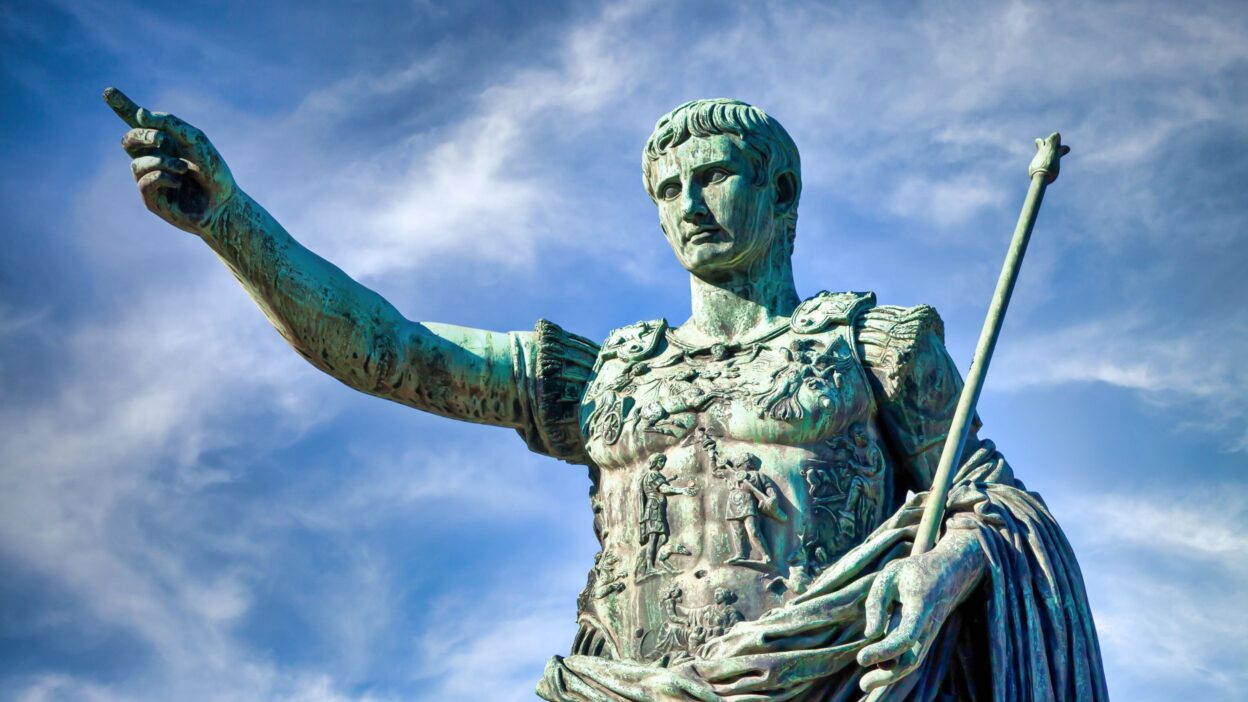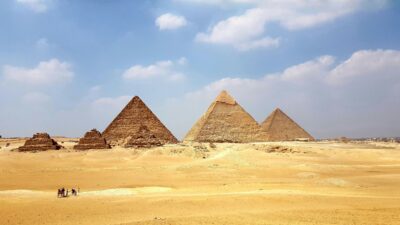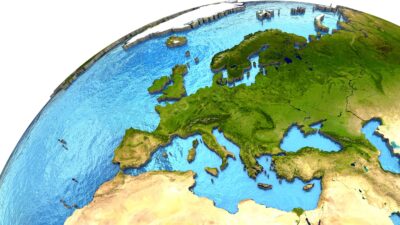The Roman Empire, one of the most powerful civilizations in history, continues to captivate people around the world with its remarkable achievements and influential legacy. From architectural marvels to fascinating social customs, the Romans laid foundations that shaped modern civilization. However, beyond the commonly known tales of emperors, gladiators, and conquests, there are countless lesser-known Roman Empire facts that offer a deeper understanding of this remarkable era. Here, we uncover 12 intriguing and lesser-known facts about the Roman Empire that reveal its hidden complexities.
1. The Romans Invented Concrete—And Their Formula Was Lost for Centuries
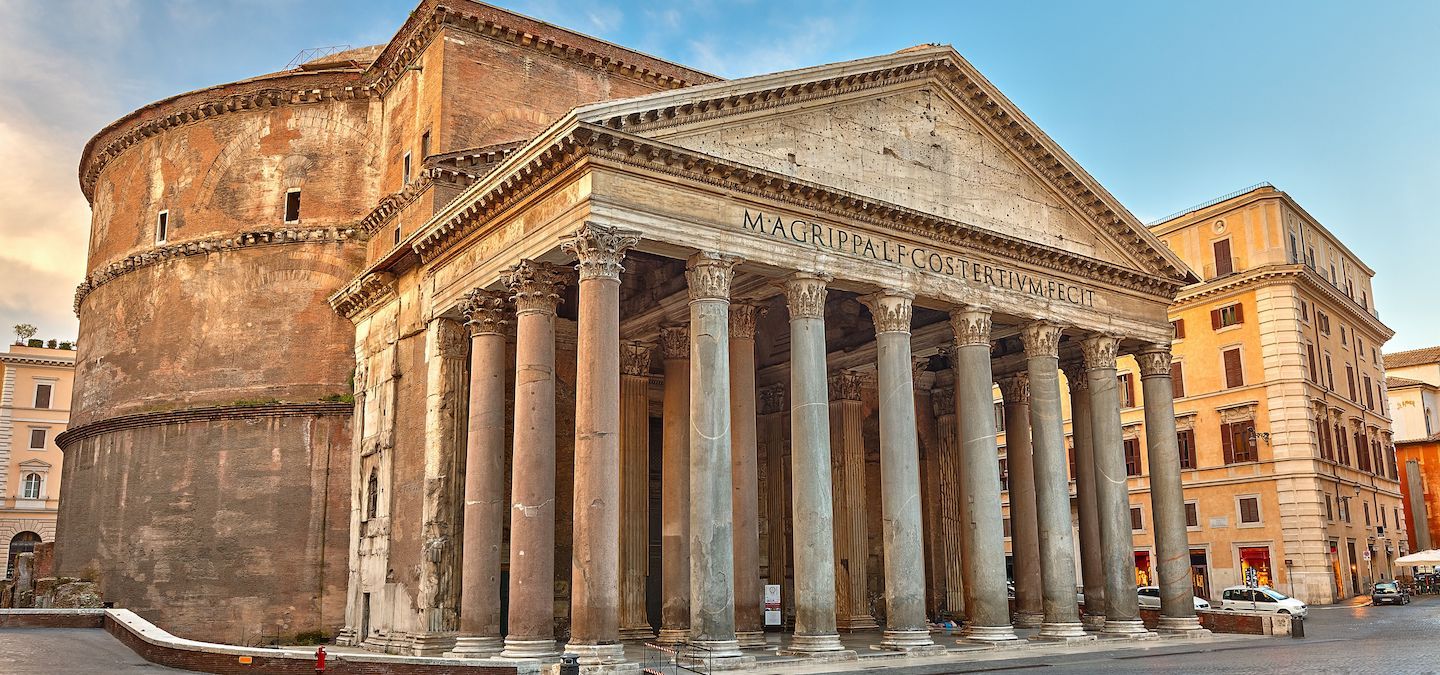
Ancient Roman architects created a revolutionary type of concrete that was durable and resistant to erosion, especially in marine environments. This “Roman concrete” was made using volcanic ash, lime, and seawater. What’s particularly impressive is that structures like the Pantheon in Rome, still standing after nearly two millennia, were built using this advanced material. Modern scientists have studied this ancient formula, attempting to recreate it for sustainable construction today.
2. They Developed an Early Form of Central Heating

Roman homes, particularly in wealthy residences and public baths, used a system called hypocausts to circulate hot air beneath floors and inside walls. This early form of central heating provided comfort during colder months, showcasing Roman engineering ingenuity.
3. Rome’s Vast Road Network Was Revolutionary

The Roman Empire developed an extensive road network—approximately 250,000 miles at its peak—that connected cities across Europe, Asia, and Africa. The phrase “All roads lead to Rome” reflects this expansive system, designed not only for trade but also for rapid military mobilization. Many of these ancient roads remain intact and are still used today, attesting to the empire’s incredible engineering skills. Discover more about ancient Roman infrastructure on National Geographic.
4. Romans Had a Complex Social Hierarchy and Class System
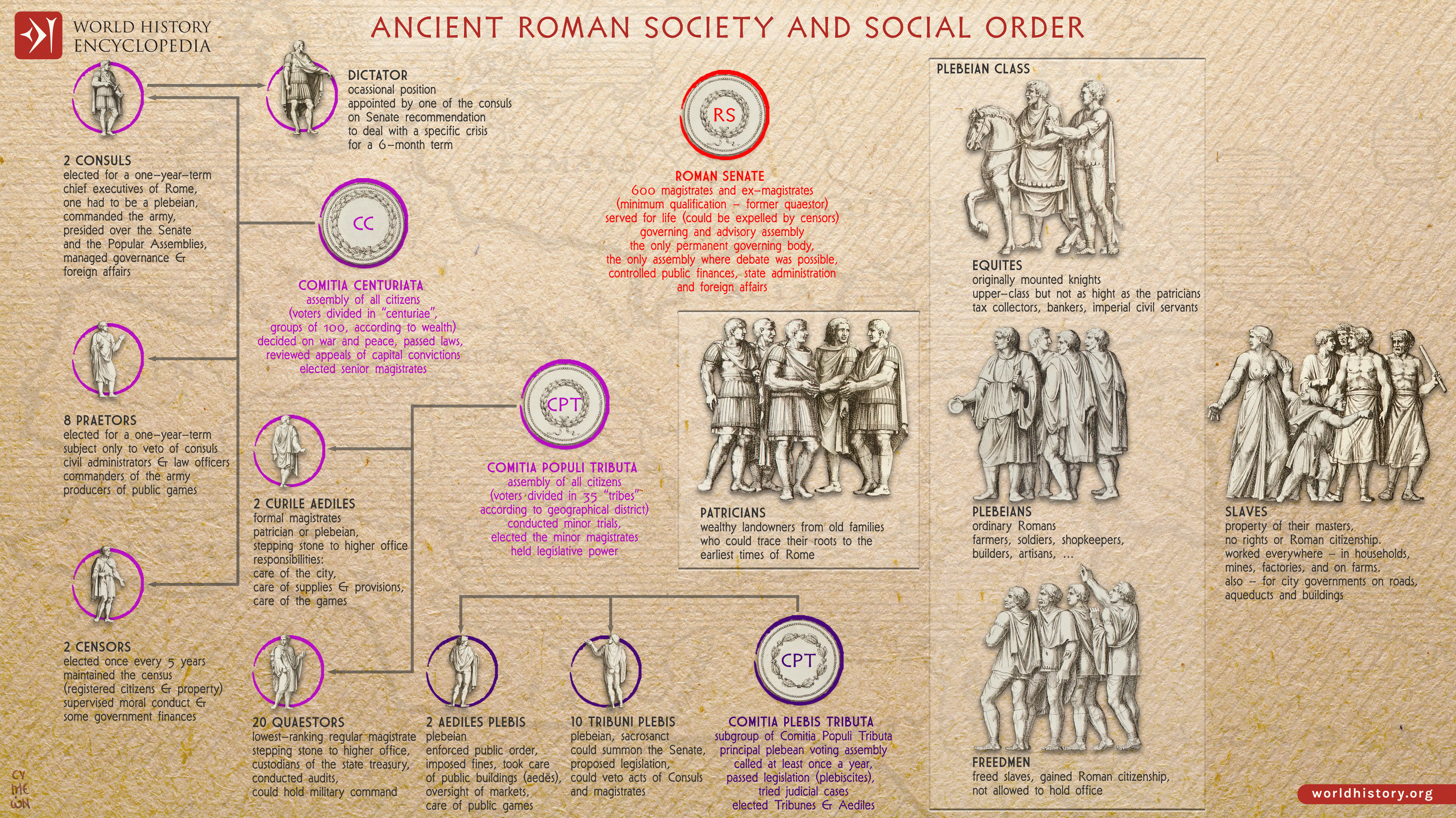
Roman society was organized into a strict social hierarchy, with divisions between classes like patricians, plebeians, and slaves. Each class had distinct roles and legal rights, making the Roman social structure highly stratified. For more on Roman class structures, World History Encyclopedia provides an in-depth explanation on Roman social classes.
5. They Practiced Advanced Water Management with Aqueducts

The Roman aqueducts were marvels of ancient engineering, designed to transport water over long distances to supply public baths, fountains, and private households. The city of Rome had eleven major aqueducts, many of which served millions of people. These aqueducts also reduced the spread of disease, promoting better hygiene throughout the empire.
6. Emperors Used Bread and Circuses to Maintain Power

To keep the population content and distracted from political issues, Roman emperors offered free grain and spectacular entertainment. Known as “bread and circuses,” this policy kept public opinion favorable while the ruling class maintained control. Roman gladiator games, chariot races, and elaborate theater performances were all part of this strategy.
7. The Romans Had Surprisingly Progressive Laws on Women’s Property Rights

Although Roman women faced many social limitations, they had more legal rights than women in other ancient societies. Women could own, inherit, and manage property independently, a level of economic freedom rarely seen at that time. Understanding these nuanced legal rights helps shed light on the complexities of Roman society.
8. Romans Enjoyed Exotic Food and Spices from Across the Empire

The Roman Empire’s extensive trade network allowed for an incredibly diverse diet. Romans indulged in imported goods like pepper from India, dates from North Africa, and wine from Gaul. Roman feasts often included exotic ingredients that showcased the empire’s vast reach and wealth.
9. Latin Wasn’t the Only Language Spoken in the Empire

While Latin was the official language, the Roman Empire was linguistically diverse. Greek was widely spoken, especially in the eastern provinces, while other languages like Aramaic, Coptic, and Punic were also commonly used. This linguistic variety reflects the cultural diversity of the empire’s vast territories.
10. Public Baths Were Popular Centers of Social Life

Roman baths, called thermae, were more than places for washing; they were social hubs where people gathered, exercised, and relaxed. These baths were often decorated with statues and mosaics, representing a central aspect of urban life in Roman cities.
11. The Romans Had Sophisticated Medical Practices

Roman doctors were trained in various healing techniques, including surgery, bone setting, and herbal medicine. They even had a type of hospital system known as valetudinaria, which were mostly for soldiers but later expanded to serve the general public. Ancient Roman medical knowledge laid the groundwork for many practices we see in modern medicine.
12. Rome’s Military Strategies Influenced Warfare for Centuries
The Roman military was known for its organization, discipline, and innovation. Roman legions operated in precise formations and used advanced siege techniques, allowing them to conquer vast territories. The Roman Empire’s military tactics influenced future armies and remain studied in military academies around the world.
Final Thoughts on the Roman Empire’s Hidden Legacy
From engineering marvels like aqueducts and roads to intriguing social customs and laws, the Roman Empire left an indelible mark on human history. By looking beyond the well-known stories of emperors and battles, we can gain a richer, more nuanced understanding of the complexities of ancient Rome. Each of these lesser-known Roman Empire facts reflects the innovation, diversity, and enduring legacy that continue to inspire and educate us today.
If you’re eager to learn more about the Roman Empire, resources like Ancient History Encyclopedia and Britannica offer further insights into the intriguing history and cultural impact of this remarkable civilization.


